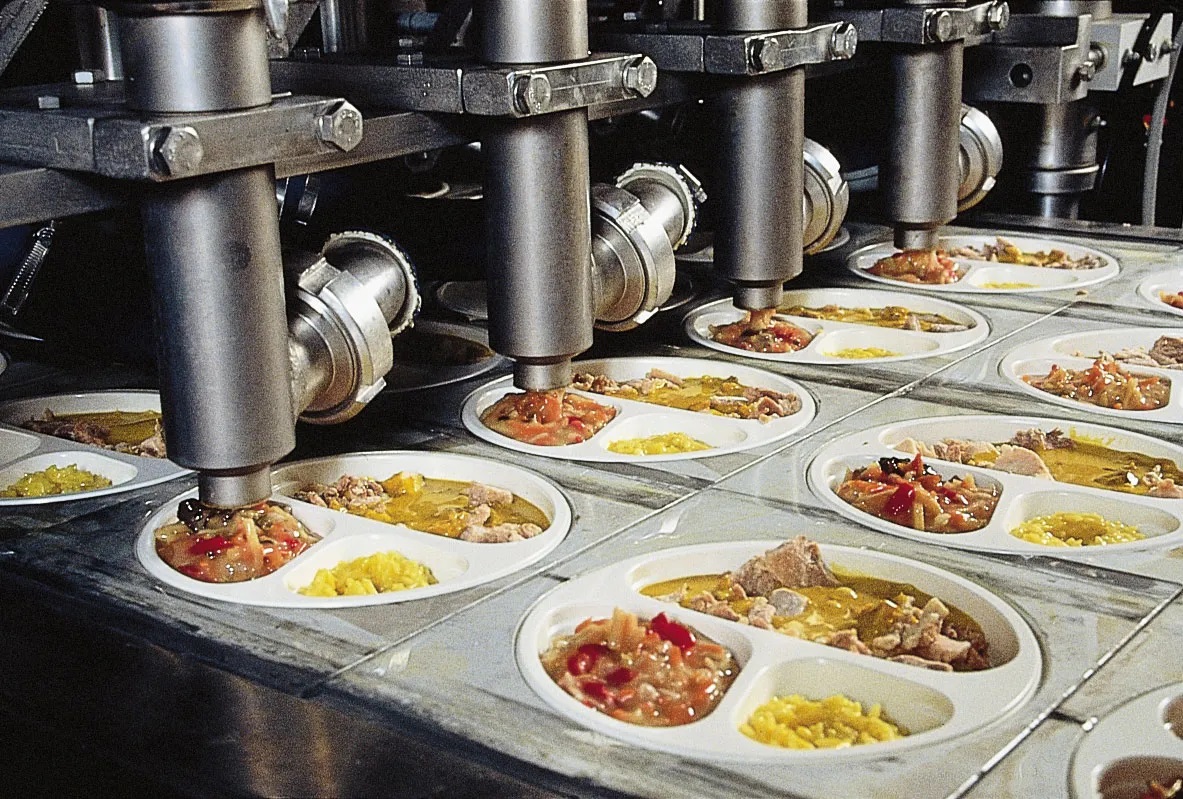
Freezing is a widely employed technique in the food industry to preserve the quality, freshness, and safety of various perishable products. Plate freezing and blast freezing are two commonly used methods, each offering distinct advantages in different scenarios. In this blog post, we will explore the differences between plate freezing and blast freezing, including their processes, applications, and the impact on frozen food products.
Plate Freezing
Plate freezing, also known as contact freezing, involves placing food products directly on large, flat plates that are cooled to very low temperatures. The plates extract heat from the product, freezing it in a relatively slow process. Here are some key aspects of plate freezing:
a. Freezing Method: Plate freezing relies on direct contact between the product and the frozen plates. The plates are typically made of aluminum or stainless steel and are chilled using a refrigeration system.
b. Freezing Time: Plate freezing generally takes longer compared to other freezing methods. The freezing time depends on factors such as the product’s size, thickness, and initial temperature, as well as the temperature of the freezing plates.
c. Preservation Quality: Plate freezing is known for its gentle freezing process, which helps to preserve the quality, texture, and appearance of the frozen food products. The slower freezing rate allows for reduced ice crystal formation, minimizing cell damage and maintaining product integrity.
d. Applications: Plate freezing is commonly used for freezing delicate food products that are sensitive to rapid freezing, such as seafood, fruits, and certain baked goods. It is also suitable for freezing irregularly shaped or delicate items that may be difficult to handle in other freezing methods.
Blast Freezing
Blast freezing, also referred to as air freezing, involves exposing food products to a high-velocity stream of extremely cold air. The rapid airflow rapidly freezes the products, resulting in shorter freezing times. Here are the key features of blast freezing:
a. Freezing Method: Blast freezing utilizes a specialized freezer equipped with powerful fans that circulate extremely cold air at high speeds around the products. The cold air quickly reduces the temperature of the products, freezing them rapidly.
b. Freezing Time: Blast freezing is known for its rapid freezing capabilities. The shorter freezing time helps to minimize the formation of large ice crystals, ensuring better product quality and preserving nutritional value.
c. Uniform Freezing: The controlled airflow in blast freezers ensures even distribution of cold air around the products, promoting uniform freezing. This prevents temperature variations and ensures consistent quality throughout the frozen items.
d. Applications: Blast freezing is commonly used in large-scale food processing operations where speed and efficiency are essential. It is suitable for a wide range of products, including meats, poultry, vegetables, bakery items, and prepared meals.
Choosing the Right Method
The choice between plate freezing and blast freezing depends on various factors, including:
a. Product Characteristics: Consider the nature, size, shape, and sensitivity of the product to freezing. Delicate or irregularly shaped items may benefit from plate freezing, while products that can withstand rapid freezing are well-suited for blast freezing.
b. Production Scale: The scale of production plays a role in selecting the appropriate method. Blast freezing is typically more suitable for high-volume operations, while plate freezing may be preferred for smaller or specialized production lines.
c. Freezing Requirements: Consider the desired freezing time, product quality expectations, and specific industry standards. Plate freezing allows for a slower, more controlled freezing process, while blast freezing offers speed and efficiency.
d. Equipment and Space: Assess the available equipment, facility layout, and space requirements for each freezing method. Blast freezing typically requires specialized freezer units with powerful fans, while plate freezing may require larger surface areas for the freezing plates.
